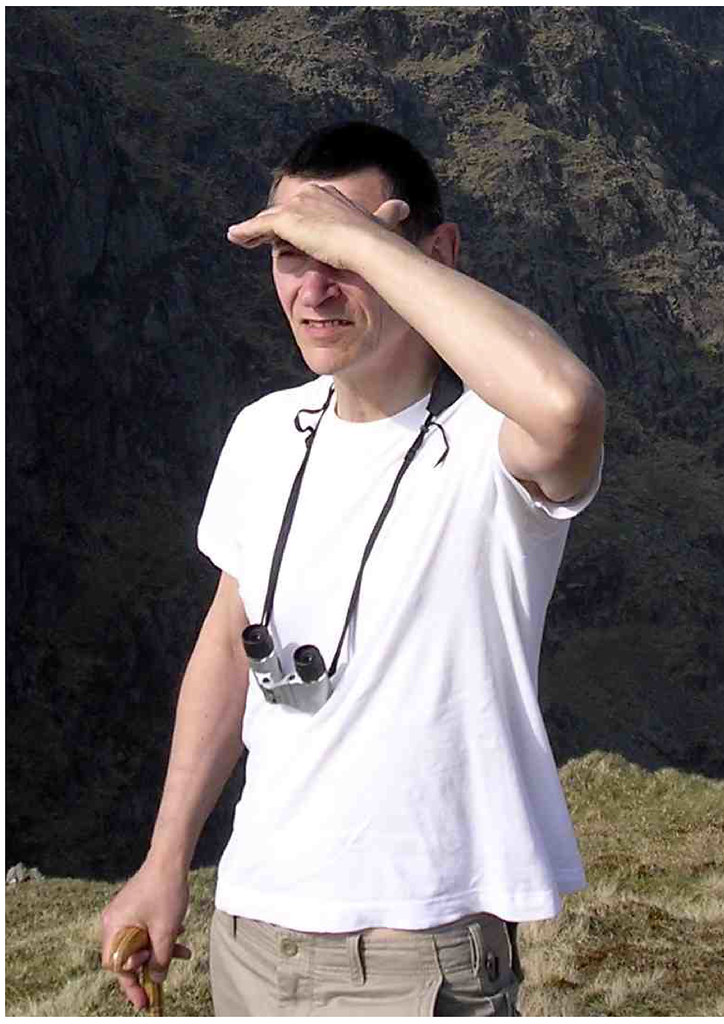I cut two rectangular strips of silicon bronze, 37 x 1 x 12mm, then wished I had super-glued them together for the subsequent filing square of the ends and the long ends. The original stock strip was 1.5mm, annealed and pickled, rinsed and washed, then rolled to 1mm. It was a great help to hold the emerging end of the strip with parallel pliers as it came from the rollers, my hand holding the pliers elevated with a suitable board and movement facilitated with a sheet of plastic underneath. Even better probably would be a suitable emergence table at the exact right height. I used dividers to mark the strip, at 37mm and 38mm for sawing in between; and placed a strip of balsa wood on the bench peg to help steady the strip for sawing. This was done twice to give two rectangular pieces 37 x 12 x 1mm, they were superglued together and left until dry in the vice. Then they were filed as necessary for squareness, before placing in the enamel kiln at dull red heat to break the bond and anneal.
For doming, I bent a piece with pliers until it fitted into the largest dome, domed it, and repeated until I had reached the 26mm dome, the smallest hollow that this size strip would still fit inside. The strip, on bending slightly, now sat in the 25mm dome with 2mm protruding, therefore there was a line inset 2mm from the edge caused by the last doming operation. The resultant ring was oval at 25 x 25.5mm. Sanding the short edges by holding them flat on sandpaper (painful on the fingers, especially if using a steel block to try and ensure registration with the other dimension) got it to a nice circle at 25mm diameter. My feeling is that using the steel block is a waste of time, and doesn’t help any kind of squaring operation. However it is possible that the rounding of the corners of the short edges using the block was entirely due to swapping faces pressed against the block, without having taken steps to absolutely guarantee that the two faces are exactly parallel. So I suggest use face A on block, edge on sandpaper; then edge on block, face A on sandpaper; then edge on block, face B on sandpaper; but never face B on block and edge on sandpaper – this would accumulate an error! Mark near face B with ink to reduce the chance of a mistake.
For soldering, I hit on a happy idea – a circle of strong steel wire stuck out in space, the two halves of the ring aligned and dropped into this slightly smaller circle to merely sit there. Then solder from the base – this worked perfectly.
2008-04-16
Making a silicon-bronze ring I
Posted by
Paul Jelley
at
18:15
![]()
![]()
Subscribe to:
Post Comments (Atom)


No comments:
Post a Comment